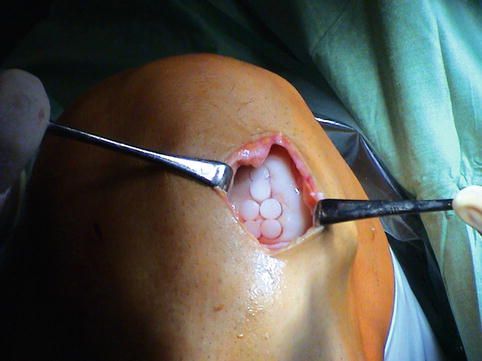Common sports injuries in knee joint include ACL Tears, PCL Tears and Meniscal Injuries. Apart from this other injuries include collateral ligament tears and MPFL tears.
1. ACL Tear:
The ligament at the front area of the knee is torn

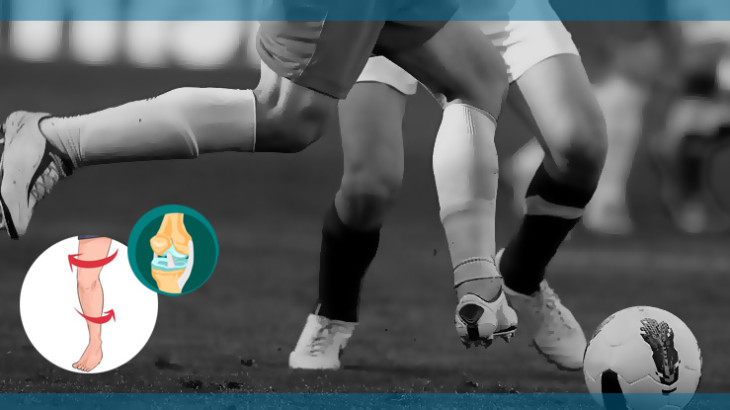
Management:
Non-Surgical:
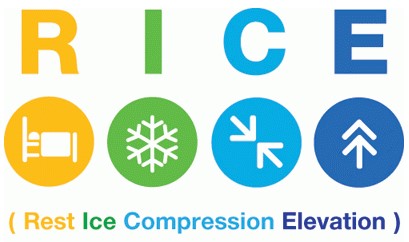
Surgical:

ACL Reconstruction will be done using camera and instruments passed through small incisions.
The Surgeon will take graft from inside of the knee and prepare it as required and passes through small incisions.
Usually Hamstring grafts are harvested but depending upon the patient’s activity level, Patella tendon can also be harvested.
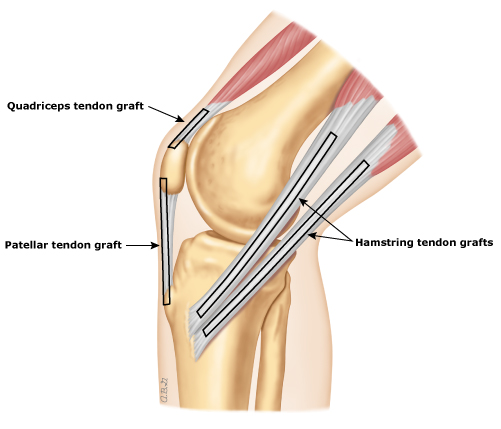

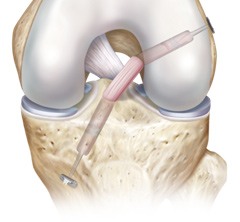
Recovery:
Patient will be able to walk in about 4 hours after surgery with the help of hinged knee brace.
Rehabilitation is a vital part of your ACL injury, to return back to sports. Your program can last anywhere from two to six months or longer. We will help you find a program that is suited to your recovery goals.
Physiotherapy programs include basic programs that help you regain strength and stability and sport-specific programs that help you go back to sports.
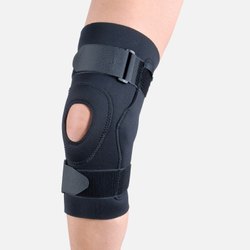

2. PCL Tear:
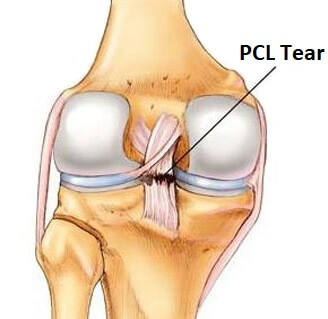
In this injury, the ligament at the backside of the knee is torn. This heals in most of the cases and hence treated conservatively with a splint.
In cases where it is not healed, the surgeon takes hamstring graft from the inside of the knee, prepares it as required and passes through small incisions.
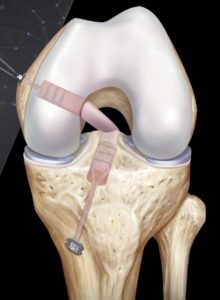
Post op recovery is usually the same as ACL reconstruction.
3. Meniscus Injury:
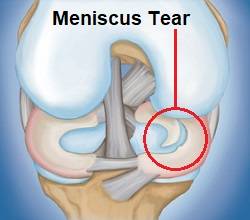
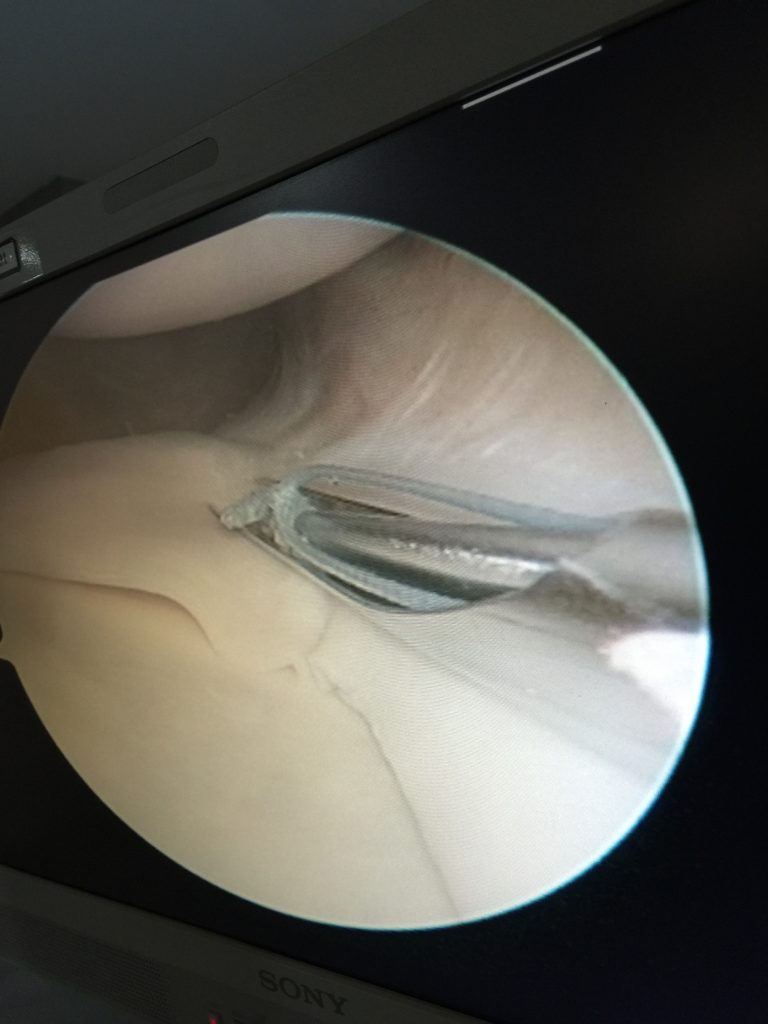
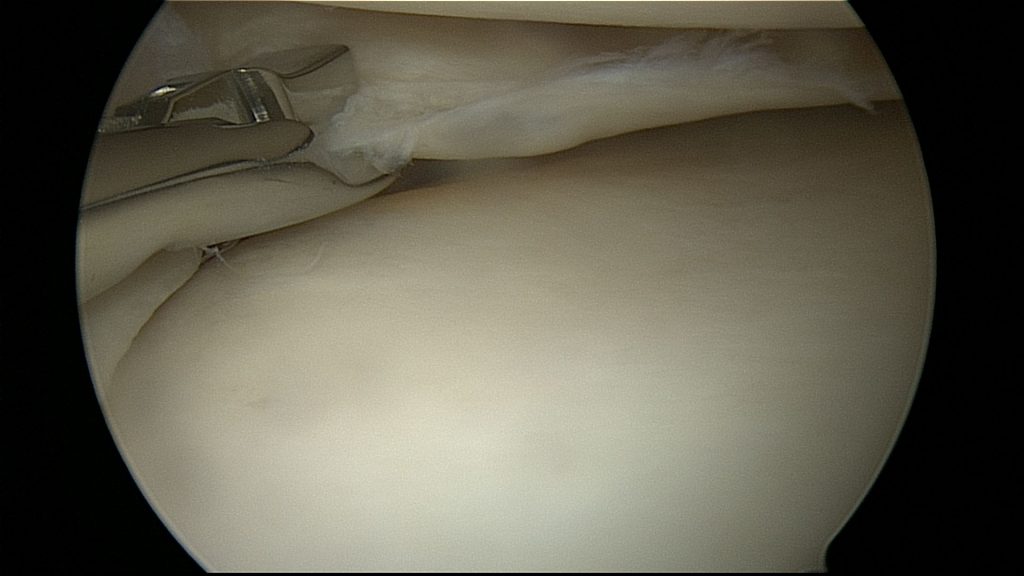
Recovery:
Patients who undergo partial meniscectomy (removal of loose fragment) can weight bear within hours and will be able to resume work in couple of weeks.
Patients who undergo meniscal repair will be applied a knee immobilizer and not allowed weight bearing for atleast a month followed by gradual weight bearing. They can resume sedentary job in couple of weeks and manual work in couple of months.
MPFL Injury:
The medial patellofemoral ligament(MPFL) attaches the patella(kneecap) to the inner part of the knee. It helps stabilize the kneecap as the knee moves, preventing it from moving or dislocating outward.
Causes:
- Underlying abnormality of the knee, Ligament laxity or weak leg muscles.
- Individuals who play sports are at high risk.
Treatment:
Non-Surgical:
Non-Steroidal anti-inflammatory medication.
Immobilization
Physiotherapy
Surgical:
Depending on the patient’s condition, surgeons will either directly repair the ligament, or reconstruct the ligament.

Recovery:
The knee will be immobilized while walking and standing for a period of six weeks, followed by a program of physiotherapy. Patients usually return to normal activity after a period of four to six months.
CARTILAGE INJURIES
Articular cartilage lines the ends of our joint surfaces and is composed of cells called chondrocytes. In healthy joints, this unique and durable material allows bones to move against one another with minimal friction.
It commonly involves knee joints although it affects hips, ankles and elbow.
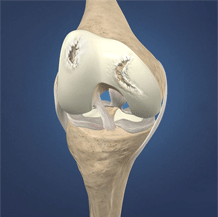
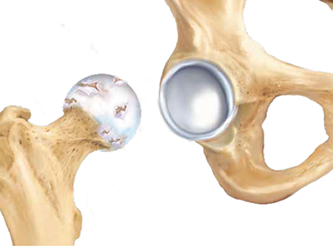
It can be damaged as a result of sudden injury, such as sports injury or gradual wear ad tear.
Symptoms:
Joint Pains, swelling and stiffness.
Treatment:
1. Biologic therapy:
Platelet-rich plasma therapy uses injection of a concentration of a patient’s own platelets to accelerate the healing of injured cartilage, tendons, ligaments, muscles and joints. In this way, PRP injections use each individual patient’s own healing system.
They are prepared by taking patient’s own blood and running it through a centrifuge to create platelet concentrate.
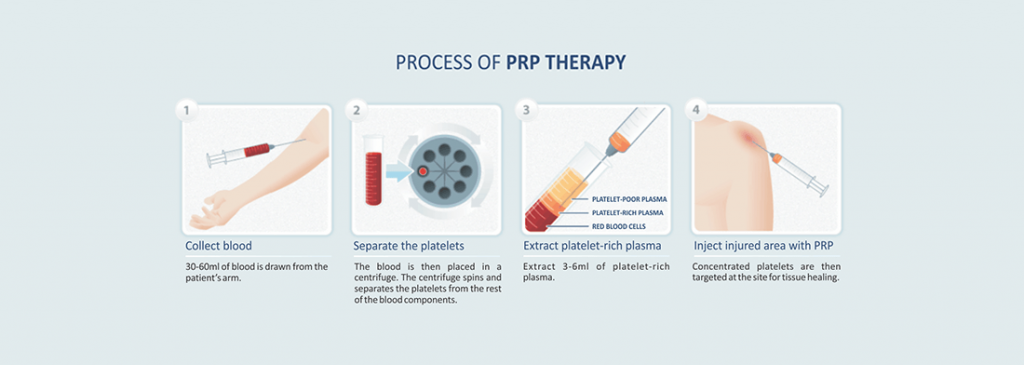
2. Stemcell therapy: (Bone Marrow Aspirate Concentrat-BMAC)
Bone Marrow consists of two main types of stem cells, one type produces blood cells and the other produces tissues of the body.
Stem cells can be found in many tissues throughout your body, but one of the richest sources can be found in your bone marrow. Your bone marrow will be aspirated through a small needle puncture most commonly in the pelvic bone and placed in a special processing unit, which will concentrate the stem cells.


3.OATS:
OATS Knee surgery, or Osteochondral Allograft or Autograft Transplanation surgery, is a bone/cartilage transplant procedure used for treatment of varying degrees of articular cartilage lesion.In mosaicplasty, plugs of cartilage and bone are taken from a healthy cartilage area and moved to replace the damaged cartilage of the knee. Multiple tiny plugs are used and once embedded , resembles a mosaic pattern, hence the name. In OATS procedure, the plugs are larger.
Indications:
It is recommended for patients aged <50 with smaller areas of cartilage damage, usually because of trauma and available healthy cartilage for transfer.
Surgical Procedure:
In the OATS procedure, the surgery usually begins with an arthroscopic examination. Using a special coring tool, surgeon makes a hole in the cartilage sized to fit the plug exactly. Your surgeon then harvests the plug of healthy cartilage and bone from the non-weight bearing part of the knee. This plug is transferred to the cored hole and implanted into the prepared hole of the damaged area of the knee.

